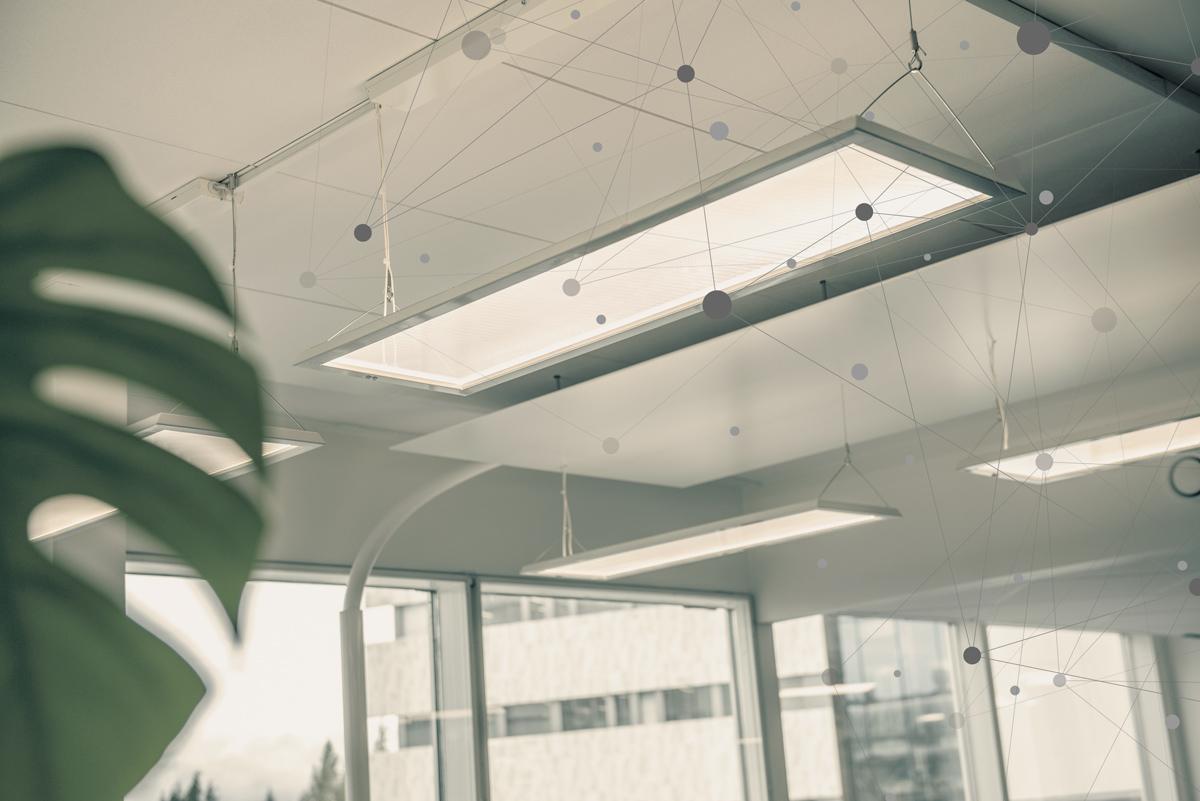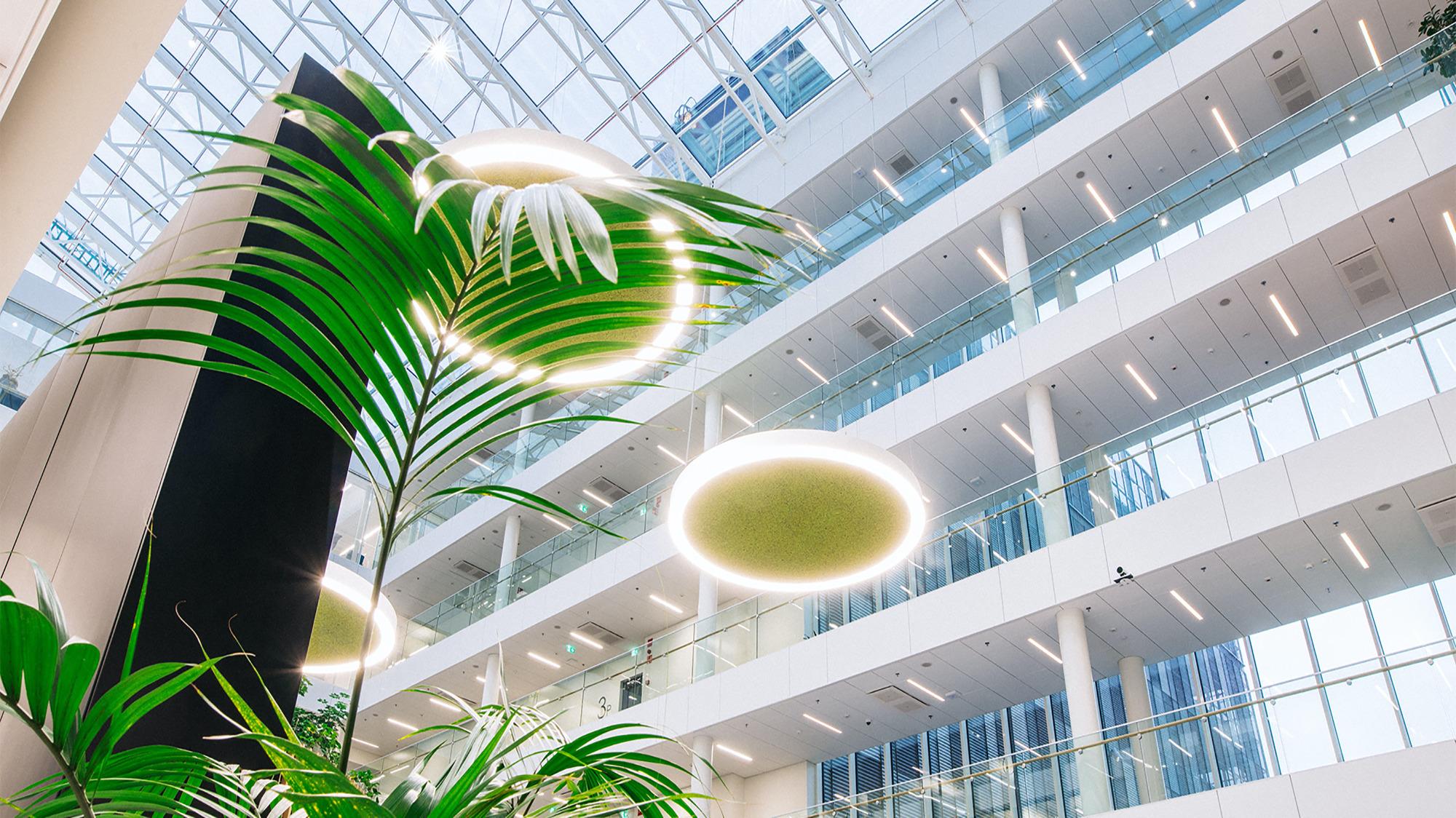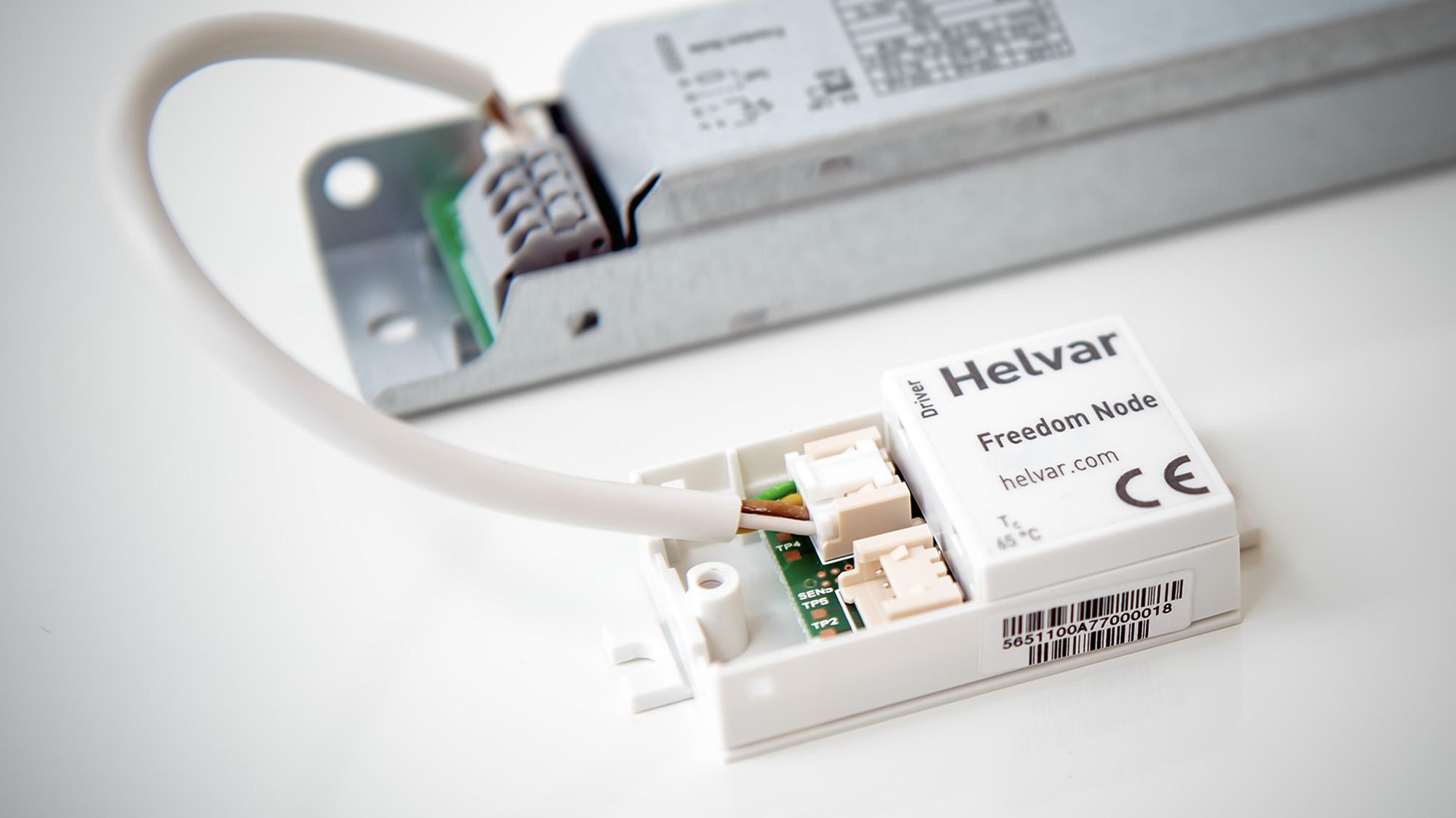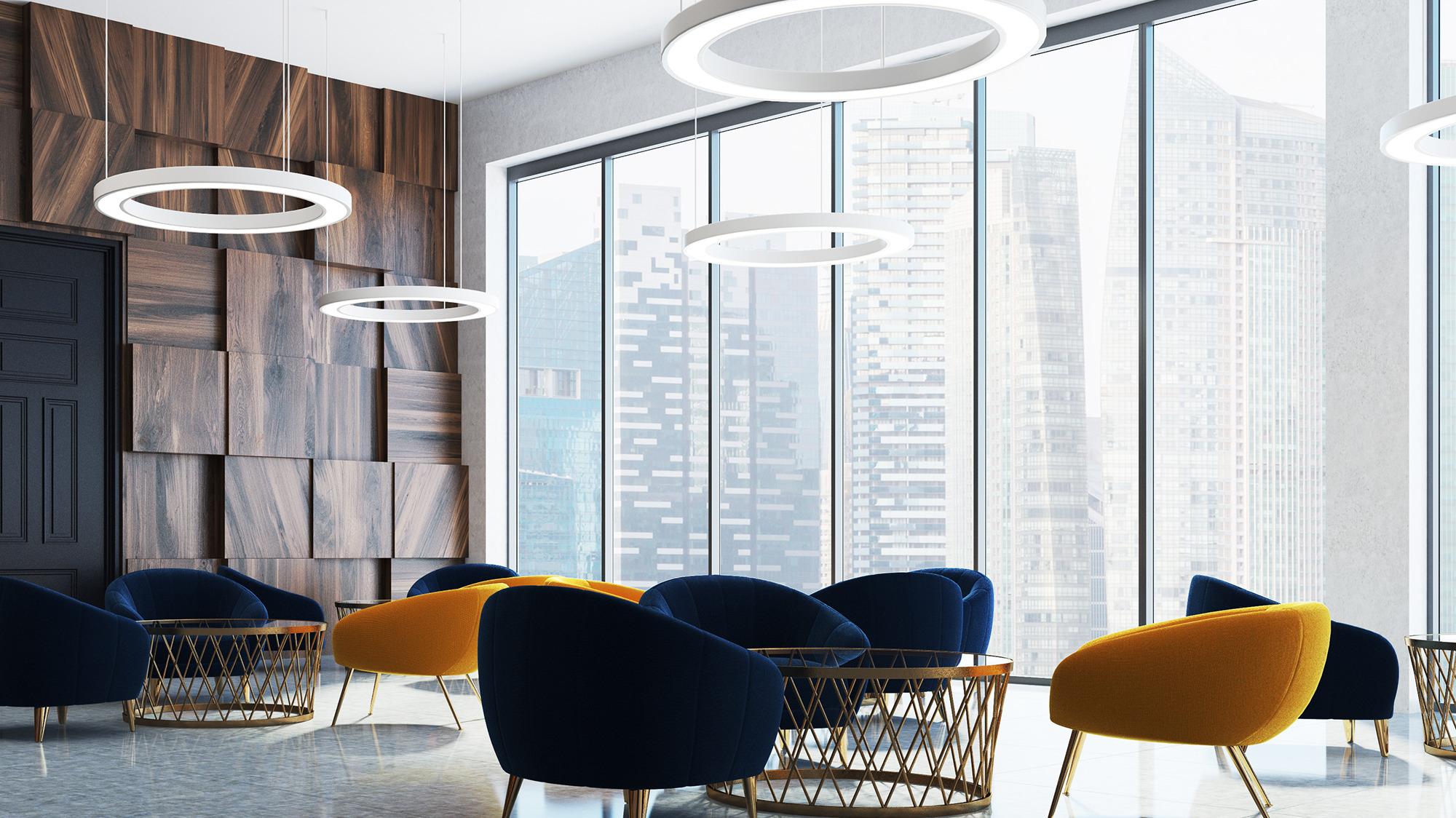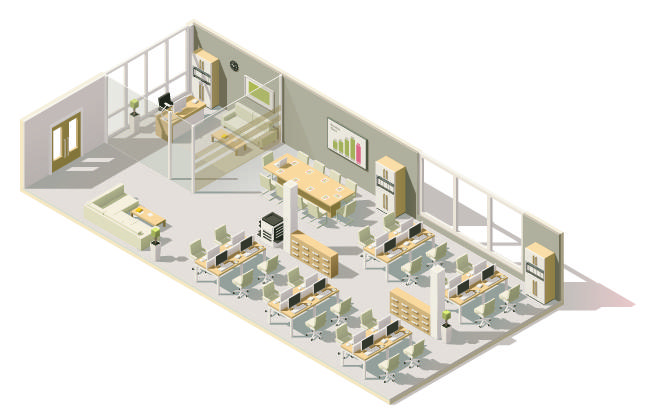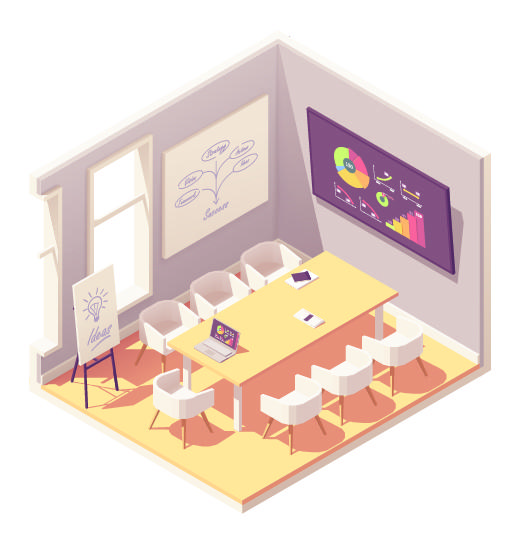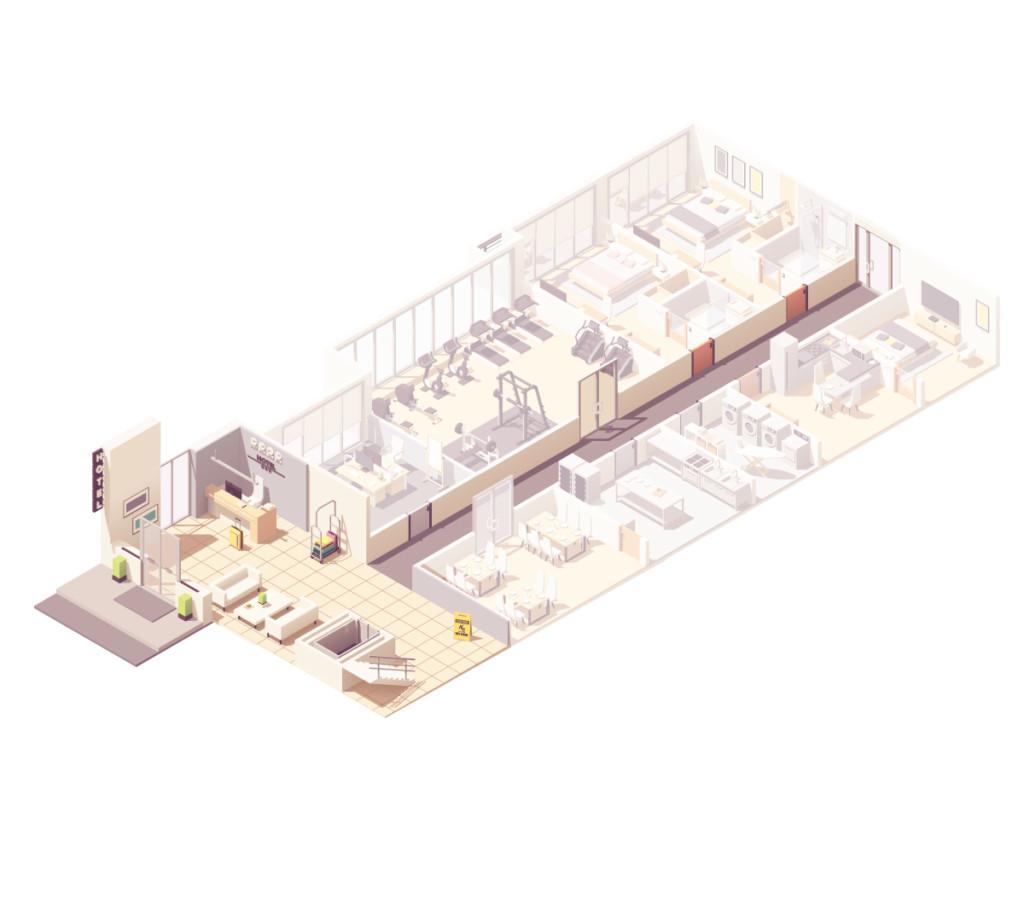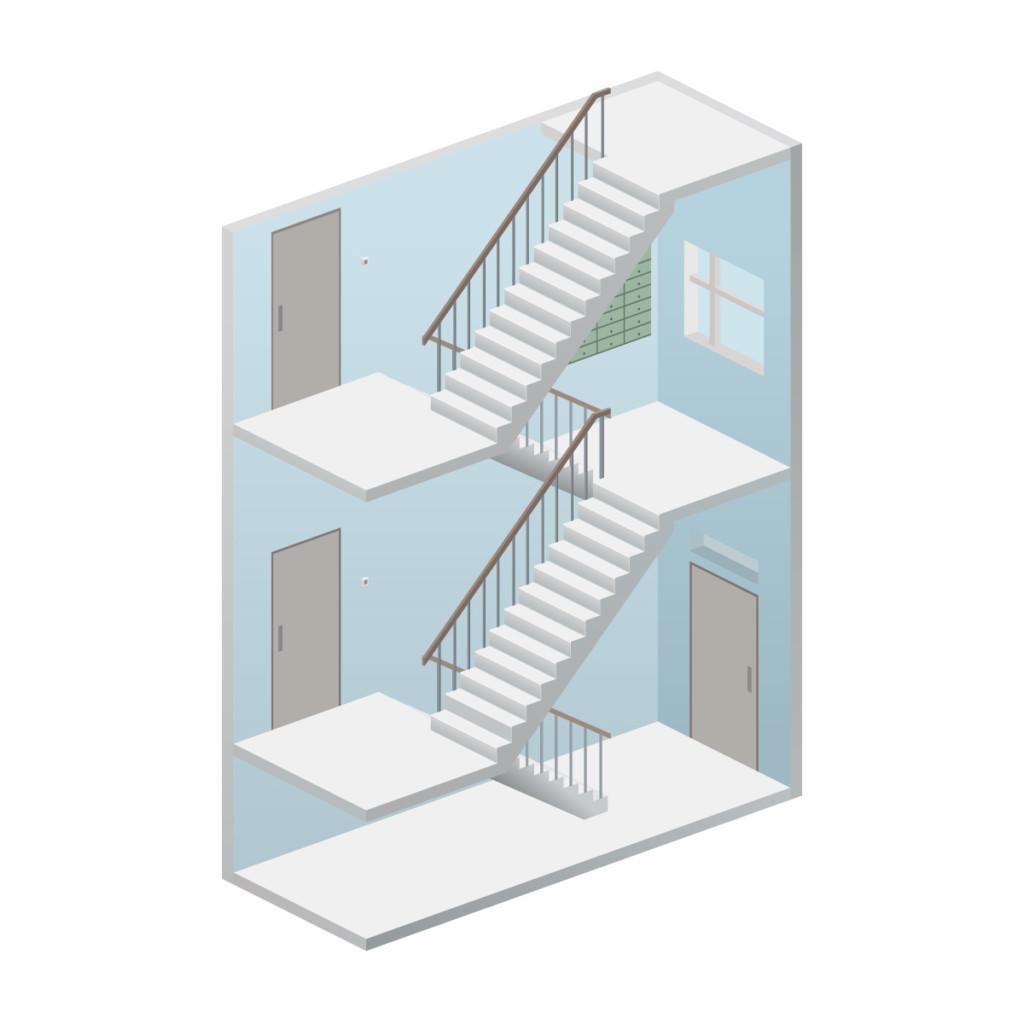What is wireless lighting control?
In wireless lighting, control signals between different devices are communicated through radio waves instead of low-voltage hardwiring. Wireless devices communicate within a mesh, where adding, removing, and replacing devices is easy and secure. In smart lighting, the wireless mesh is typically based on low-power short-range radio technology, most commonly Bluetooth Low-Energy (BLE).
Over-the-air management results in advantages in greater installation flexibility, easier scalability, and cost reductions. Short downtime during installation and easy maintenance with all the benefits of lighting control make wireless lighting a great solution for both renovation and new-build projects.
The benefits of wireless lighting control
LOWER INSTALLATION COSTS
Wireless lighting control requires less wiring and is quick and easy to install. This results in fewer labour hours, fewer materials, and significantly reduces installation time, especially in hard-to-wire spaces.
EASY TO SET UP
Wireless lighting control devices are easy to install and set up. Basically, all you need is electricity and a control device, such as a mobile app or wireless switch. Or everything can work automatically, just like the Helvar ActiveAhead.
FLEXIBILITY
You can add, remove, and replace devices as you wish. Install the devices freely, ensuring connectivity inside various spaces and with different building materials. In a wireless mesh solution, there is no single point of failure.
SCALABILITY
When the space changes, the wireless lighting control system is easily scaled to meet the new needs. Add or remove walls, rooms, floors, or even buildings easily. All that without the need for expensive rewiring or heavy commissioning.
RELIABILITY
Maintenance and replacement of devices are quick and easy. Network management is simplified with a high degree of interoperable types of devices. That results in data transmission security, easy maintenance, and recovery, and makes the wireless lighting infrastructure future-proof.
SECURITY
Wireless lighting control uses safe, encrypted communication protocols. Only trusted and interoperable devices can join and communicate in a wireless lighting network.
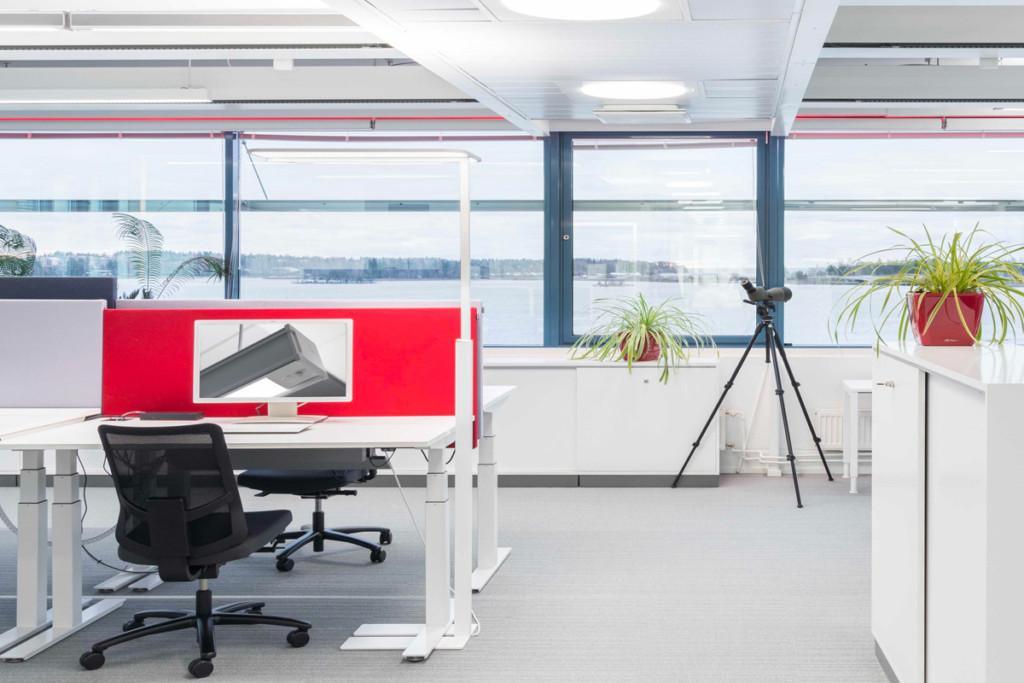
How to specify wireless lighting control projects?
For a lighting system specifier, it’s useful to know that the wireless lighting control system shares all the great features of a wired system. You don’t need to compromise on usability or energy efficiency. You can create groups, scenes, save with daylight harvesting, and automate the whole system just like you would with a DALI system.
With wireless, there’s just one basic rule: ensure communication between devices. When specifying a wireless project, it’s also essential to understand the system functionality and interoperability. Are all the required devices interoperable with each other? How much the chosen system can be scaled?
Here are a few tips on how to successfully specify a wireless system:
Wireless devices must be able to communicate with each other. Place the devices according to the guidelines by the selected wireless solution and the installed devices. Find out the maximum distance between the wireless devices and keep the shortest range as the maximum.
Sometimes the radio signals need to pass through objects. The thickness and density of materials affect how much the signal will weaken. However, thanks to the mesh topology, the radio signal may find other paths to the other side of the blocking object.
Different types of devices have different installation and distance guidelines. Wireless luminaires are typically so close to each other, that well-designed luminaires ensure great communication. It’s good to know, that input devices, like wall panels, may have weaker radio signals and therefore consequently stricter requirements on where they should be placed.
There are many different wireless lighting control systems in the market. Not all of them are interoperable with each other. There are closed and open ecosystems. Make sure the system fulfills your requirements for interoperability, and make sure your system is future-proof.
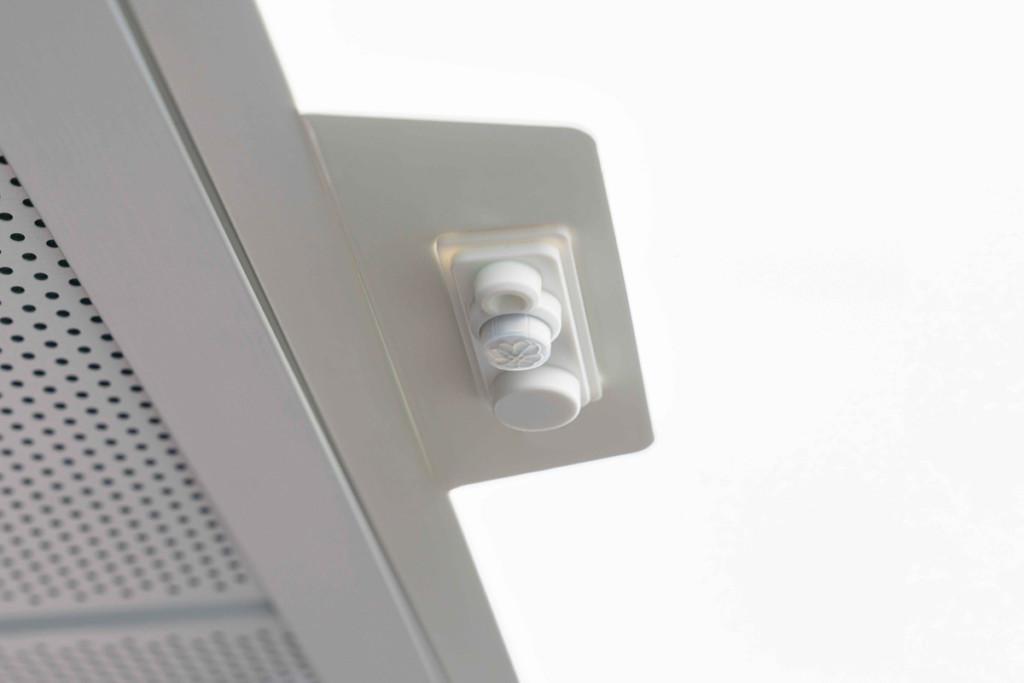
How to design wireless luminaires?
Designing wireless luminaires is the key in wireless lighting control systems. To ensure communication between all of the required devices, it’s important to make sure the radio signal isn’t blocked or weakened unintentionally. You can continue with the designs and materials you are used to, but a few simple rules make your wireless design flawless.
There are also many different wireless systems available. That may have an impact on your luminaire design, as the availability and interoperability of wireless LED drivers do vary a lot between wireless systems. You also might want to consider if your luminaire needs an inbuilt sensor.
Here’s a useful checklist of how to design a wireless light fitting:
To prevent signal blockage, place the radio node outside the luminaire, or ensure the signal from the luminaire to multiple directions by using holes or non-blocking materials, such as plastic, close to the radio node.
The radio signal must not be blocked in any direction. Remember that the luminaire might be installed in a corner of a room, and still needs to be able to communicate. Building materials, such as thick concrete or firewalls can decrease or completely block the signal, so make sure the luminaire is placed in an environment that allows free ride for radio signals to pass through. Placing of the radio node and ensuring signals is the key!
Make sure to test your luminaire design and connectivity. For example, pair two similar luminaires into one group and move the other luminaire around to see where the connection starts to fail. Use a shorter distance than the tested maximum as the installation distance.
Does your luminaire – or project – need a luminaire sensor? Or is one luminaire the main one sensing movements, and passing the information forward to followers? There are multiple options to use sensors in the wireless systems, so make sure your luminaire is prepared to meet each project requirements.
Need more tips on how to succeed in wireless design or system specification? Contact our wireless lighting experts today!
What are Helvar Wireless Solutions?
ActiveAhead
Wireless Solution
- Wireless predictive lighting controls, straightforward to set-up and operate.
- Starts to work out-of-the-box thanks to AI-based self-learning.
- Configure with an easy-to-use mobile app.
- Flexible options depending on the application and needs.
Freedom
Luminaire Components
- A wide, curated selection of components for wireless LED fittings.
- Wireless LED drivers, luminaire sensors, and radio nodes.
- Supports many industry-leading wireless systems.
RoomSet
Lighting Solution
- Easy, repeatable, lighting control for single rooms and small spaces.
- Starts to work out-of-the-box with the default configuration.
- Configure easily with a visual tablet app.
Hybrid
Control Solution
- Combine the best practices from both wired DALI based and wireless lighting control.
- The Helvar Imagine solution offers ultimate customization and integration options complementing the wireless ActiveAhead solution in large scale projects.
Where to use wireless lighting control?
A wireless lighting system is a great solution for new-build applications such as offices, warehouses, stairways, and parking garages. But it’s also an ideal option for renovation or refurbishment projects, where wiring would be time-consuming or costly to install. The great thing is its scalability – you can control wirelessly just a single area, or extend it to projects with thousands of wireless devices in a complete building. Here we list a few typical applications where wireless lighting control is a great choice and list the most common applications in each space.
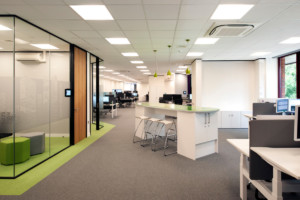
OFFICES
Offices have plenty of different spaces combined. They need to ensure top-quality lighting and increase productivity, creativity, and wellbeing. The spaces need to be flexible for changing needs and events, energy-efficient, and easily controlled. Wireless lighting control in offices allows true flexibility and scalability in use and easy control options that adapt to changing needs and events.
Key Spaces
- Open-plan offices
- Corridors & stairways
- Meeting rooms
- Social areas
- Single office rooms
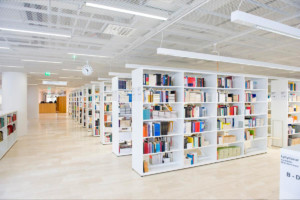
EDUCATION
Wireless lighting control is a very practical option for educational spaces. As it requires less wiring and is quick to install, it’s a great choice for school renovations, which can be done with minimal downtime during school breaks or weekends. Different spaces can be tied into one single system or operated as individual spaces. Safe areas and well-lit spaces ensure the best learning and working environments.
Key Spaces
- Classrooms
- Corridors & Stairways
- Office areas
- Social areas
- Gyms & sport halls
- Libraries

RETAIL
Retail spaces vary a lot. Some display fruits and vegetables, some showcase luxury items, and some invite for experience journey through the store. One thing all retail stores do have in common: requirements for the lighting changes through seasons, campaigns, and store usage. Wireless lighting control is a quick and easy way to adapt to changing needs and requirements of retail spaces, whether it’s a designer boutique or a shopping mall food court.
Key Spaces
- Store & showcase lighting
- Food courts
- Galleries
- Backroom
- Parking garages
- Restrooms
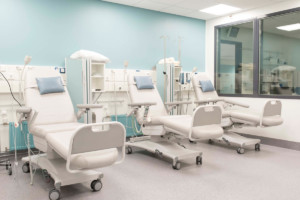
HEALTHCARE
Wireless lighting control requires less wiring and is quick and easy to install. The opportunity to add wireless user panels in several locations in the hospital space supports flexibility and efficiency in controlling the lights and giving the best possible lighting both for the hospital personnel and customers. The right light at right time can support individual healing, and create safety and comfort.
Key Spaces
- Patient rooms
- Examination rooms
- Corridors & stairways
- Restrooms
- Office areas
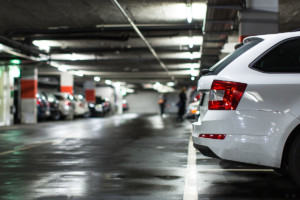
INDUSTRIAL
Updating industrial spaces from traditional fluorescent lighting into wireless LED lighting control requires significantly less wiring and thus offers major savings also in downtime, keeping the factory or warehouse efficiently in use all the time. Renovation results in excellent lighting conditions and guaranteed energy savings with simple and fast set-up, and easy maintenance.
Key Spaces
- Parking garages
- Warehouses
- Corridors & stairways
- Storage areas
Application examples in key spaces
Offices can include many different areas, that have various needs. Here are some key features of a single office room and open-plan office – and all features can be further configured to meet every requirement of the space.
Wireless Open-plan Office lighting control
- An open-plan environment requires an easy-to-use flexible lighting solution, preferably fully automated to guarantee maximal comfort and energy savings.
- Maximum energy savings are made using daylight harvesting and dimming automatically where users aren’t present without compromising the user’s comfort.
- Control panels can be added. This gives manual, overall control of the main work areas, which are subsequently zoned and controlled with daylight harvesting by individual or luminaire-based sensors.
- Personal control at single work desks adds allows individuals to adjust lighting for personal needs and tasks on hand.
Wireless lighting control in a single office room
- Maximum energy savings are made with movement detection and daylight harvesting without compromising the user’s control.
- Desk task lighting is locally controlled and provides appropriate levels of comfort as determined by the user. Control can be with a wireless control panel or mobile app.
Wireless lighting control in a classroom
A classroom requires an easy-to-use flexible lighting solution to allow the room to be used for different purposes from individual work to group work and to presentations.
- A control point is required by each entrance to support scene-setting control. Maximum energy savings are to be made via absence detection and daylight harvesting without compromising the user’s control.
- A master control point is also required by the teacher’s desk for scene-setting.
- Interfacing from the Audio-Visual equipment is to provide integrated control.
![]()
![]()
![]()
![]()
![]()
![]()
Wireless lighting control for meeting rooms
A boardroom requires an easy-to-use flexible lighting solution to allow the room to be used for different purposes from meetings to presentations and video conferencing.
- A control point is required by each entrance as well as on the table.
- Control scenes and light levels based on the user actions in the room.
- Personalised control of the scenes and light levels are available to the users within the space.
![]()
![]()
![]()
![]()
![]()
![]()
Wireless lighting control in corridors
In corridors, correctly set up lighting creates safety and comfort for all users. With a wireless lighting control system, the requirements of each corridor usage are easily matched and just as easily changed, if needed. Taking into account all crossing corridors, elevator lounges, doorways, and lengths, adding or removing sensors, light fixtures, or control panels is super simple and easy.
- Automatic movement detection based control.
- Maximum energy savings are made by grouping luminaires and daylight harvesting.
- More comfort is reached with corridor hold: Grouping the corridor luminaires next to the meeting room to keep the lights on while the meeting room is occupied.
- Grouping the corridor lights will enhance the feeling of safety, and it also works as a signal of meeting room usage to the corridor users.
![]()
![]()
![]()
![]()
![]()
Wireless lighting control for stairways
Stairways are places where simple, automatic lighting control can create a lot of safety and comfort for the users. Using motion detection sensors the lights will turn on and off automatically. Wireless sensors and luminaires can be easily added or removed to maximize efficiency.
- Lights will turn on automatically when the stairways are entered.
- For maximal safety feeling, the lights are on in the area which is visible for the person, e.g. floor up and downward.
- To avoid lights turning off too fast, the dimming delays need to match the typical occupants’ movements in the stairways.
![]()
![]()
![]()
![]()
Wireless lighting control in parking garages
Parking garages can be intimidating spaces. To increase the feeling of safety, lights need to be on, but not all the time. With wireless presence detection sensors and well-planned logic with lighting groups, scenes and delay times, the garage can become a much more comfortable space to use and find the spot for your vehicle.
- Lights by the entrances should be always on for safety reasons.
- Presence detecting sensors on top of the driveways will react on arriving car or a person and will give light where the movement is detected to support good visibility.
- When someone enters the garage, the lights should turn on at low light level in driveways to give the feel of comfort and safety.
- Energy savings are the biggest benefits of garages with fully automated lighting.
![]()
![]()
![]()
![]()
![]()
![]()
The icons symbolize the most common wireless lighting control functions in the applications. More functionalities can be added – or streamlined – based on customer’s needs.
Presence / absence detection (PIR)
Intensity & Dimming
Daylight harvesting
Colour temperature control (Tunable White)
Luminaire groups
Pre-set lighting scenes
Automatic control
Manual control
Mobile app control
Corridor hold
Cloud integration
